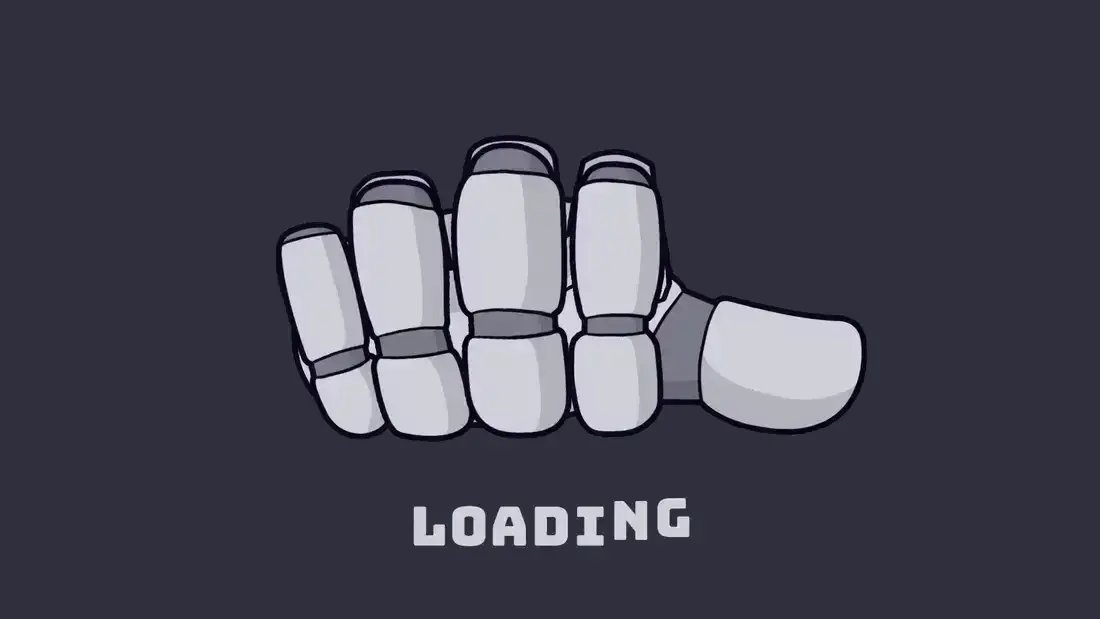▼ Most saved
Tiringa
Free mode
100% free
Freemium
Free Trial
Other tools
-
199,8947,86821,895Released 1y ago100% FreeBDG 100 % Winning🙏 292 karmaApr 8, 2025@TIRANGA GIFT CODESo very useful
-
78012692Released 7mo ago100% Free
-
73873168Released 1y ago100% Free
-
1944869Released 11mo ago100% Free
- Sponsor:Higgsfield AI - Video effects
-
1714046Released 10mo ago100% Free
-
581918Released 8mo ago100% Free
-
1011623Released 11mo ago100% Free
-
140138Released 9mo ago100% Free
-
981112Released 1y ago100% Free
-
1261122Released 10mo ago100% Free
-
144118Released 6mo ago100% FreeArtist Tips for Better Results with Somnira Canvas: To help Somnira Canvas render the most compelling and emotionally resonant figures—whether human or animal—users are encouraged to guide the tool with poetic, suggestive phrasing rather than highly technical descriptions. This helps maintain harmony with the platform’s expressive strengths. For human figures, try emotion-based posture phrases like “curled in sorrow,” “reaching toward a fading light,” or “kneeling in wind.” Favor mood-based modifiers over anatomical specifics, such as “a silhouette bathed in dusk” or “a quiet figure in motion blur.” For animals, use mythic or metaphorical phrasing like “a fox made of stars,” “a deer outlined in frost,” or “a lion woven from dusk and gold.” Avoid strict biological realism unless intentionally stylized (e.g., “cubist owl,” “ink-drawn heron”). Best practices include specifying camera perspective or body angle with terms like “3/4 view,” “top-down shot,” or “over-the-shoulder,” and adding atmospheric cues such as “drifting in chalk mist,” “outlined by candlelight,” or “carved in shadow.” You can also add emotion-based tags directly into the prompt—words like “longing,” “grief,” “stillness,” or “wonder” will guide the aesthetic and expressive qualities of the final artwork.
-
1071122Released 1y ago100% Free
- Didn't find the AI you were looking for?
-
77920Released 11mo ago100% Free
-
3032Released 8mo ago100% Free
-
 Crea preguntas inteligentes para entrevistas en espaol.Open10617Released 1y ago100% Free
Crea preguntas inteligentes para entrevistas en espaol.Open10617Released 1y ago100% Free
Post



